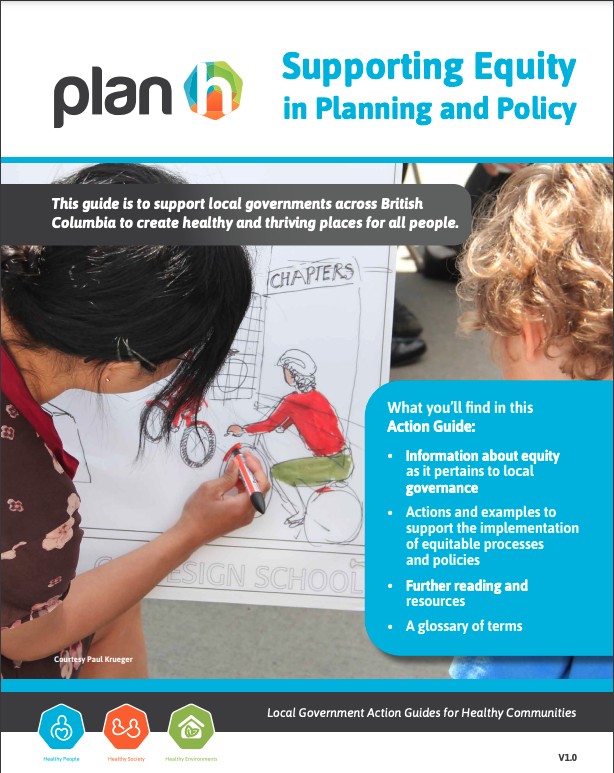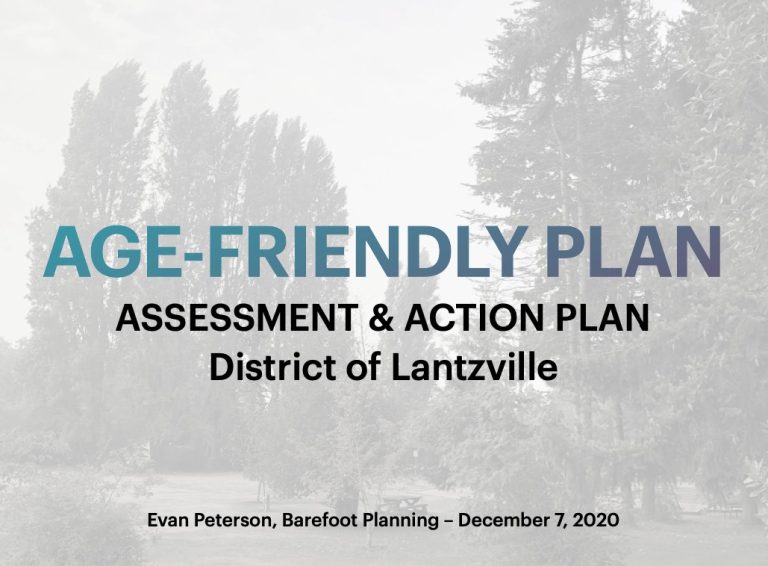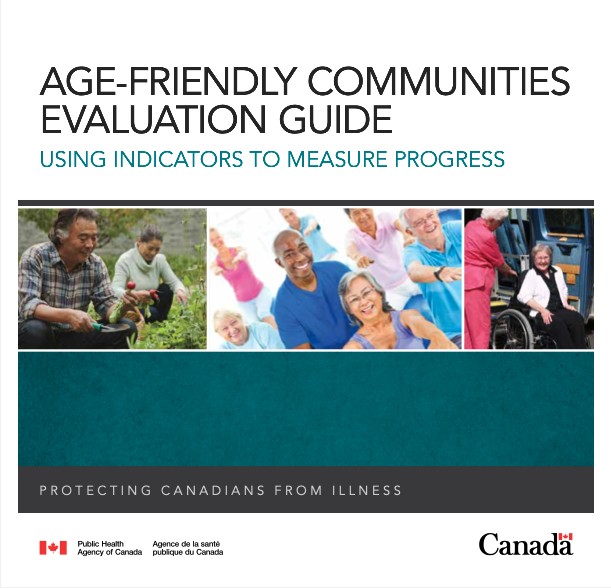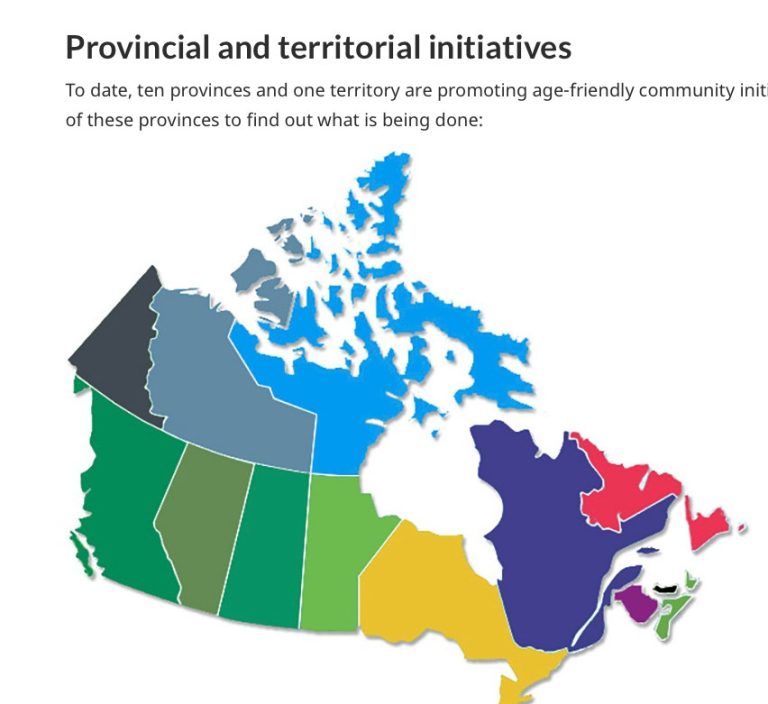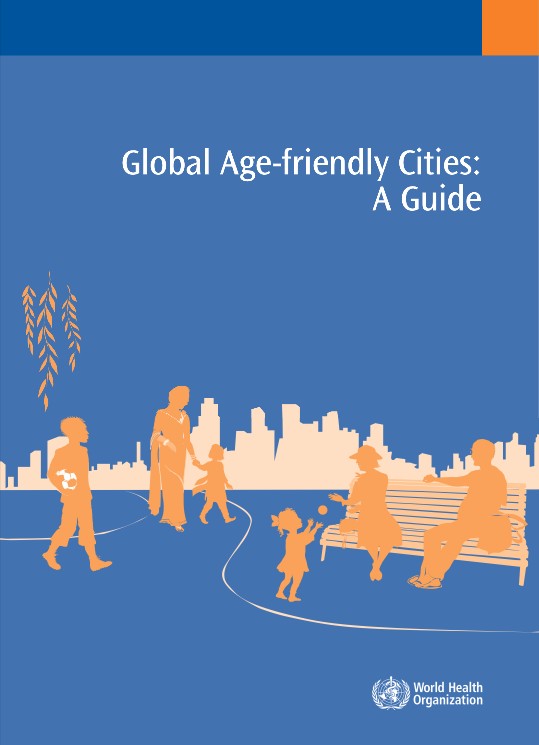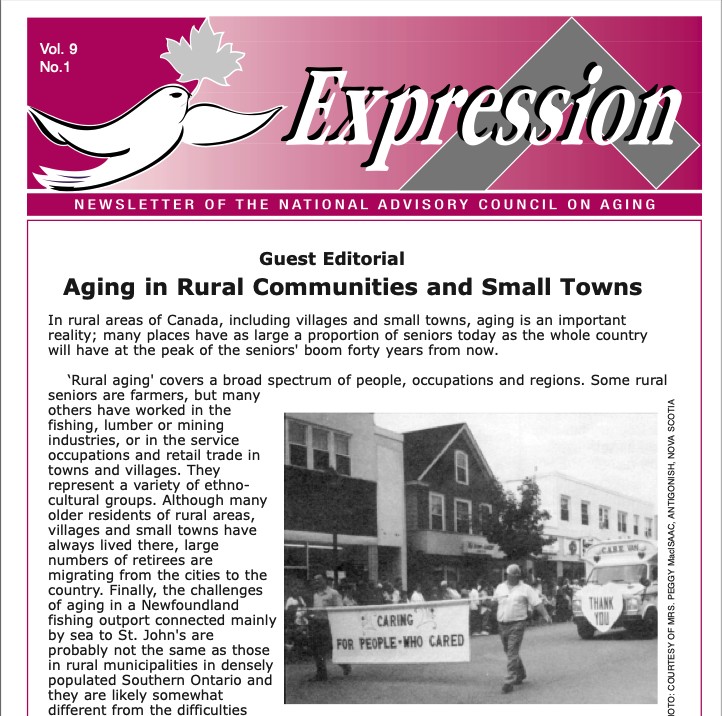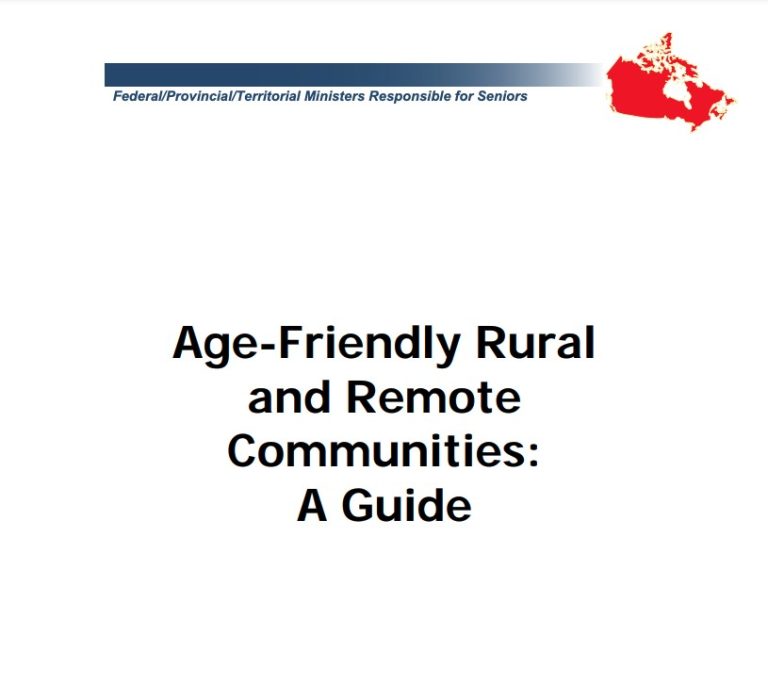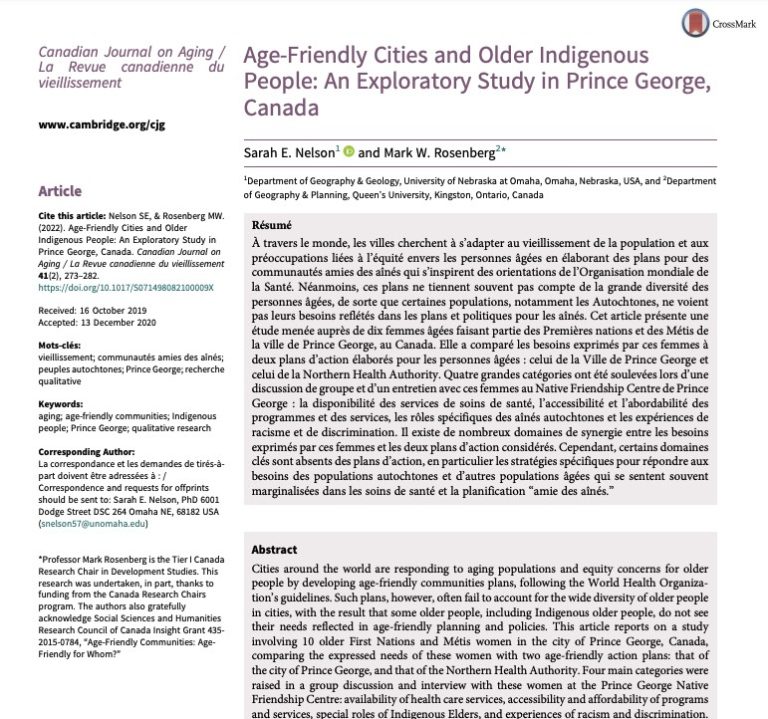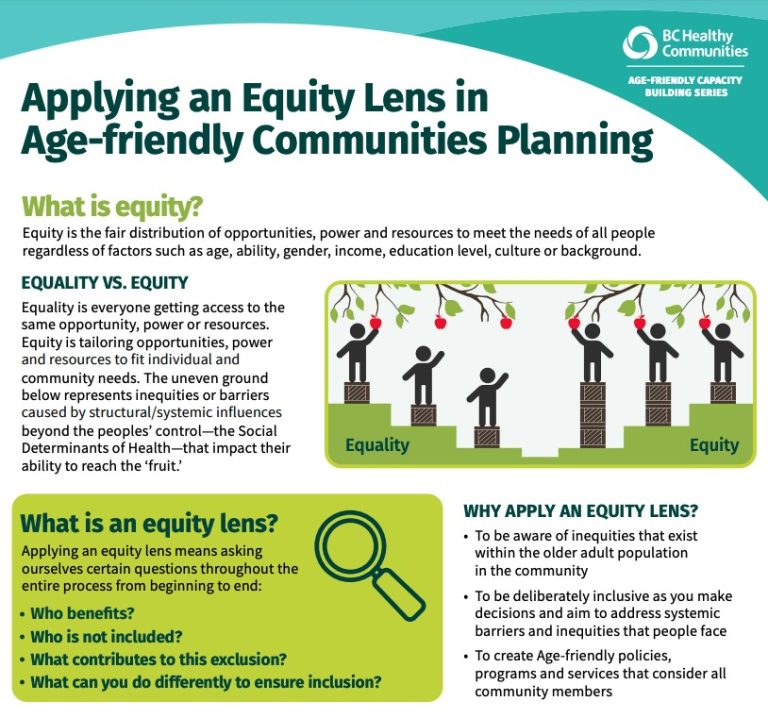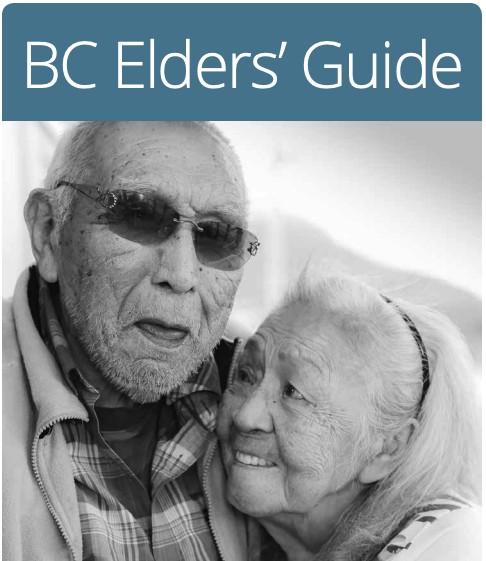Supporting Equity in Planning and Policy Action Guide
This guide is for local governments across the province working to implement and champion equity across social, economic, environmental and cultural domains. Equity is the fair distribution of opportunities, power and resources to meet the needs to all people, regardless of age, ability, gender, income, education level, culture or background. This means providing support based on an…

